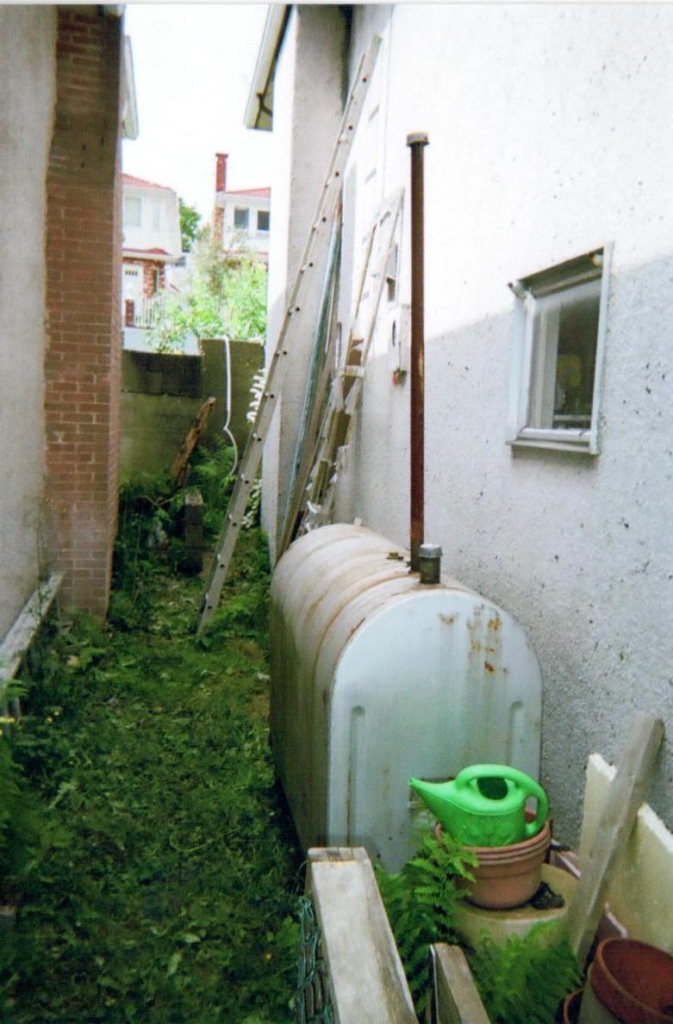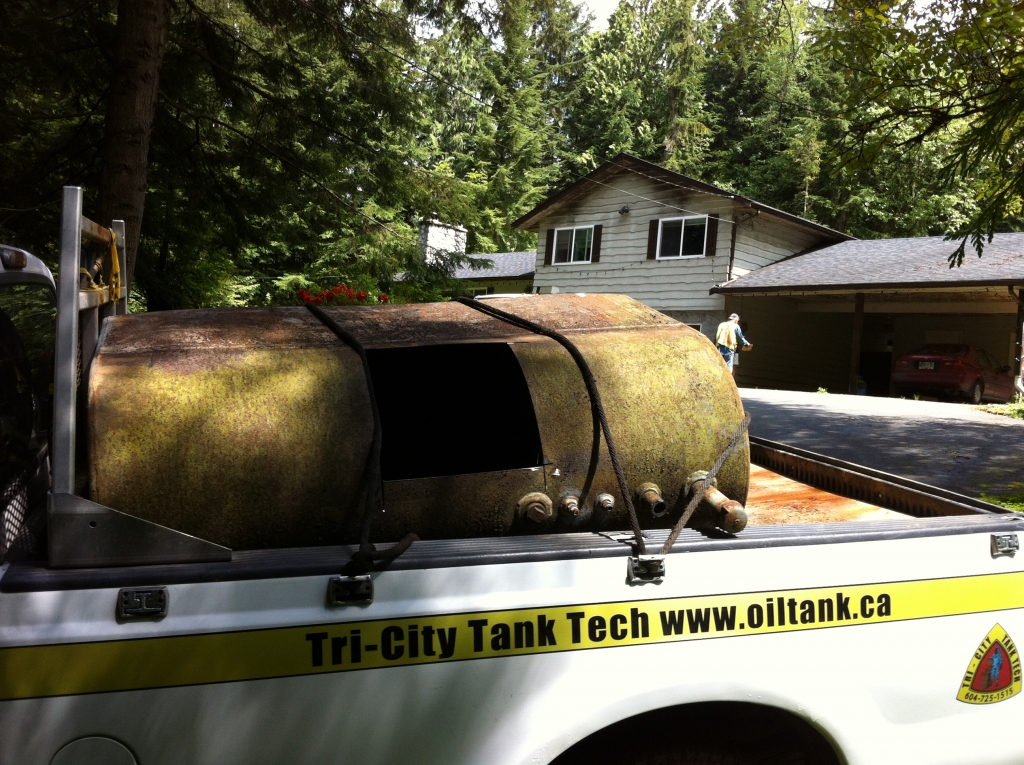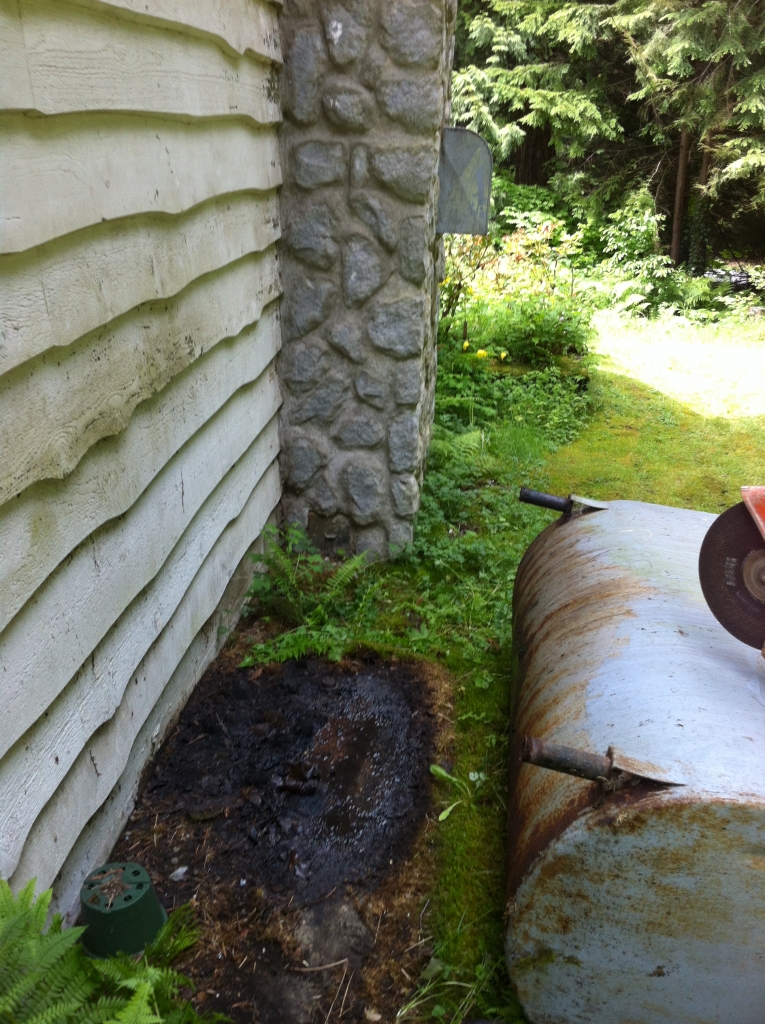What is an Aboveground Storage Tank?
Aboveground Storage Tanks, also known as A.S.T’s, served as fuel sources for heating homes and as back up generators for larger commercial properties. Aboveground Storage Tanks were more commonly installed and used in the late 60’s or early 70’s and usually served as a replacement, upgrade or as a solution to water ingression (leaking tank). As the use of Underground Storage Tanks were rapidly becoming obsolete due the implementation of natural gas, A.S.T’s became a common installation choice of home owners who’s cities had not fully integrated natural gas within the there infrastructure. Also, it was usually more common to install Aboveground Storage Tanks as a cost effective solution to replace your UST. The transition from a UST to an AST was much easier because the connections were in place from the UST and it did not require the same amount of digging as installing a new UST. Currently, some properties still rely on A.S.T’s as their primary fuel source; however, these are usually rural locations where the ability to access natural gas is still not an option (due to availability or cost efficiency). Across Canada it was more common to have an A.S.T on your property due to rural restrictions and harsh climates. For examples, please visit our gallery and check out our many pictures of aboveground storage tank removals.

Why Should I Get my Aboveground Storage Tank Removed?
There is a wide range of reasons why a homeowner would remove an Aboveground Storage Tank from their property.
Some of the main reasons to remove your oil tank:
- Property is for sale
- Renewing mortgage
- Renewing home insurance
- Complying with local government regulations
- Preparing for a renovation, eg. Building a new deck, coach house or addition.
- Being pro active
- For esthetic purposes
- Reducing, preventing, or mitigating any risk of potential leakage from your oil tank

How Much Does it Cost to Remove an Aboveground Storage Tank?
As every property is unique, so are the costs involved in the removal of an oil tank. The main contributing factors to determine the cost of an aboveground storage tank removal are:
- Accessibility
- Structural obstructions, eg. Inside the house, under a deck, or encased in an enclosure.
A standard oil tank removal with no contamination on the property typically ranges from $275 – $475. Often there will still be oil in the in the tank that needs to be disposed of before the tank is removed. To save money on pumping charges, if the tank is still in use we recommend that you use as much fuel as you can before the removal date is scheduled. If your A.S.T has been used in the last couple of years, you may want to contact the previous fuel supplier, as they may pump your tank for free or even pay you to take the contents. Dependent on your local cities regulations there may be additional costs to consider, such as: permit, and sampling.
How Long Does it Take to Remove the Aboveground Storage Tank?
Usually, it takes approximately 1-4 hours to remove an aboveground storage tank. These times can vary dependent on site-specific details that are distinctive for each property.
How Quickly Can you Start with the Removal?
We understand that timing is important in our industry and we do everything we can to get to your property within 1-3 days of signing the quotation.
Do I Need a Permit?
It depends on what city you are located in, as each city has its own set of rules pertaining to the permit process for the removal of oil tanks.
What are the Steps for Removal?
- First, we prepare the tank for pumping and flushing.
- Next, we pump, flush the tank, and purge and crimp the feeder lines.
- Finally, we remove the tank from the property.
What are the Chances of my Aboveground Storage Tank Leaking?
Although the chances of an aboveground tank leaking compared to an underground tank leaking are far less likely, there is still a possibility that you may have issues and the each tank should be evaluated on a case-by-case basis. Even though A.S.T’s are not subjected to corrosion from underground water tables, there are a few ways that these tanks can start to leak into the surrounding soil.
- Moisture from overgrown grass and foliage causing the tank to rust and creating holes in the tank from the outside inward.
- Moisture from water ingress and/or condensation causes corrosion to the base of the tank from the inside outward.
- Loose or faulty connections for eg. Loose or corroded feeder lines, poor seal around the gauge.
- Poorly welded seams
- Lack of cathodic protection and protective coatings and linings
- Atmospheric environmental corrosion: the oxygen from inside of the oil tank causes condensation on the inner walls. The water molecules drip down the inner walls of the oil tank and settle on the base of the oil tank. The collection of water on the bottom of the oil tank causes corrosion to the base of the oil tank from the inside outward.
- The water present in the heating oil combing with sulphur and becomes corrosive.
- Some bacteria can thrive inside of an oil tank at the point where the oil meets the water. The bacteria digests organic materials inside of the oil tank and excrete acids. This corrosive activity is usually the cause of the tide lines inside of the tank and can attribute to a tank corroding on the sides and not the bottom.

Do Samples Need to be Taken?
It depends on what city you are located in, as each city has its own set of rules relating to the sampling requirements for an oil tank removal. Also, it may depend on your reason for the removal of your oil tank, for example: if your mortgage lender or insurance company has requested that you remove the tank, they may have there own set of requirements that may need to be adhered to in order to fulfill there individual standards. It is important to realize that the main reason for removing an oil tank is to prove there is no contamination on the property, and if no samples are taken than it is difficult to prove that the site clean.
